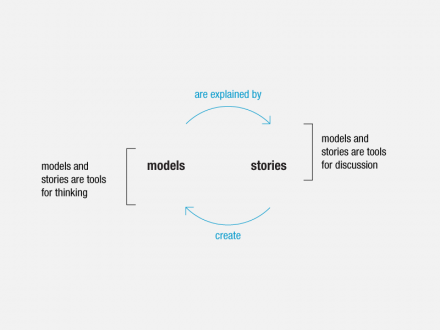(moving my in-progress article purge thread to here because Twitter will not let me untag the authors from subsequent tweets and I have been spamming them by accident)
Here is the original thread:
jarango.com/2019/08/15/how…
medium.com/@odannyboy/my-…
medium.com/@odannyboy/non…
givegoodux.com/ask-users-time…
medium.com/@cwodtke/five-…
medium.com/@cwodtke/five-…
medium.com/@Kromatic/what…
mindtheproduct.com/system-thinkin…
keirstenbrager.tech/salarytips-par…
keirstenbrager.tech/salarytips-par…
uxdesign.cc/how-to-think-l…
Each brief Method card also links to a longer article. They are a little old (this @uxstrategy piece is from 2014) but still very relevant.
searchenginewatch.com/2014/03/27/tas…
This article captures a lot of themes I talk about constantly, and I highly recommend it.
agux.co/blog/whats-wro…
blog.prototypr.io/how-to-find-a-…
neilkillick.com/blog/the-essen…
playbook.uie.com/blog/four-appr…
medium.com/@jessitron/mut…
medium.com/@jmspool/the-m…
If you have not already read this article by @mulegirl then you must read it right now, without even finishing this sentence! If you have already read it, go read it again.
medium.com/mule-design/a-…
medium.com/designer-hango…
ratsnest.io/the-fundamenta…
"The output of the practice is not the card, it is the shared understanding. The card serves as a reminder to somebody able to tell that story."
ideas.riverglide.com/the-card-is-no…
myddelton.co.uk/blog/user-rese…
medium.com/design-or-be-d…
medium.com/common-futures…
management.curiouscatblog.net/2008/04/22/dem…
dubberly.com/articles/model…

uxforthemasses.com/bert/
amplitude.com/blog/focus-pro…
nngroup.com/articles/ux-re…
medium.com/@mattedgar/ai-…
Ask yourself: "If the team controlled their budget, would they employ me?"
medium.com/@johnpcutler/l…
medium.com/@gerrymcgovern…







